Why 80% of New Restaurants Fail in Their First 5 Years (And How Smart Design Prevents It)
- Justine Renee Cruz
- 4 min read

The statistics are sobering: 60% of restaurants don’t make it past their first year and 80% close within five years of their grand opening. While many factors contribute to restaurant failure—from poor location choices to inadequate funding—one critical element often gets overlooked: the role of design in operational success.
Bad design doesn’t just create inefficiencies; it creates a cascade of problems that can slowly bleed a restaurant to death. Smart design, on the other hand, can be the difference between joining the failure statistics and building a thriving business that lasts decades.
The Hidden Ways Design Kills Restaurants
Most people think restaurant failure is about bad food or poor service. But dig deeper into the reasons restaurants close, and you’ll find design-related issues at the heart of many problems:
Operational Inefficiency: Poor kitchen layouts force staff to take unnecessary steps, increasing labor costs by 15-20% compared to well-designed spaces.
High Staff Turnover: Difficult working conditions created by bad design lead to frustrated employees who quit faster, increasing training costs and service inconsistency.
Customer Experience Problems: Uncomfortable dining rooms, poor acoustics, or confusing layouts drive customers away, reducing the repeat business that keeps restaurants profitable.
Code Violations and Closures: Design mistakes that create health code violations can result in fines, forced closures, or expensive corrections that drain operating capital.
The Failure Points That Design Can Fix
Problem #1: The Cash Flow Killer Many restaurant owners have made the mistake of spending all their money opening a beautiful space with an Instagrammable bathroom and brand new kitchen appliances, but then don’t have the sales to keep up with their expenses.
Smart Design Solution: Efficient layouts reduce operating costs while creating memorable experiences that drive repeat business. A well-designed restaurant can operate with fewer staff while serving more customers, improving cash flow from day one.
Problem #2: The Labor Cost Spiral Rising labor costs are crushing restaurant margins. When staff has to work harder due to poor layout, you need more employees to achieve the same output, compounding the problem.
Smart Design Solution: Optimized workflows can reduce labor needs by 15-25%. When servers don’t have to walk unnecessary distances, cooks can reach everything they need efficiently, and cleanup happens faster, you can maintain service quality with fewer staff hours.
Problem #3: The Customer Retention Challenge A recent survey found that consumers don’t trust businesses with an average rating of fewer than four stars on online review sites. Design problems often drive negative reviews that tank your online reputation.
Smart Design Solution: Comfortable seating, proper acoustics, efficient service flow, and appealing aesthetics create positive experiences that generate good reviews and repeat customers.
The Economic Impact of Smart Design
Increased Revenue Potential
- Better table layouts can increase seating capacity by 10-20% without expanding square footage
- Efficient service flow improves table turnover during peak periods
- Comfortable environments encourage longer stays and higher check averages during off-peak hours
Reduced Operating Costs
- Optimized kitchen workflows can reduce labor costs by 15-25%
- Proper ventilation and equipment placement maximize efficiency
- Efficient cleaning protocols built into the design reduce maintenance expenses
Improved Profit Margins
- Lower operating costs directly improve margins
- Higher customer satisfaction drives repeat business without marketing costs
- Efficient operations allow for premium pricing without customer resistance
The Design Elements That Create Long-Term Success
Flexible Layouts: Restaurants that survive design for adaptability. Your space should accommodate menu changes, different service styles, and varying customer volumes without major renovations.
Operational Efficiency: Every element should make staff jobs easier and more efficient. When employees can do their jobs well, they stay longer and provide better service.
Customer Comfort: Seating, lighting, acoustics, and flow should create an environment where customers want to return and recommend your restaurant to others.
Code Compliance: Proper design prevents violations or delays that can force closures or drain profits through fines and corrections.
Maintenance Considerations: Materials and layouts should be chosen for long-term durability and easy maintenance, preventing expensive replacements and keeping the restaurant looking fresh.
The Investment That Pays Off
Professional Design Costs: Comprehensive restaurant design services.
Potential ROI:
- 15-25% reduction in labor costs
- 10-20% increase in capacity
- 30-50% improvement in customer satisfaction scores
Warning Signs of Design-Related Failure
Your restaurant might be at risk if you’re experiencing:
- Consistently slow service during rush periods
- High staff turnover, especially in kitchen positions
- Customer complaints about comfort, noise, or service speed
- Difficulty maintaining cleanliness standards
- Regular minor health code violations
- Operating costs are higher than industry benchmarks
How to Design for Success, Not Just Survival
Start with Operations: Design around how your restaurant actually functions, not just how you want it to look.
Think Long-Term: Consider how your needs might change over 5-10 years, not just opening day.
Invest in Professional Help: Experienced restaurant designers understand the connection between layout and profitability.
Focus on Efficiency: Every design decision should improve customer experience or operational efficiency—preferably both.
Plan for Peak Performance: Design for your busiest periods, not your slowest.
The Bottom Line on Restaurant Survival
While the industry is challenging, restaurants that invest in smart design from the beginning have significantly better survival rates than those that prioritize appearance over function.
The restaurants that survive past the critical five-year mark share common characteristics: efficient operations, loyal customers, manageable costs, and adaptable systems. Design decisions made before opening day can support—or undermine—these characteristics.
Invest in design that supports long-term success, not just opening day glory.
